Celebrating These Magnificent Seabirds on World Albatross Day
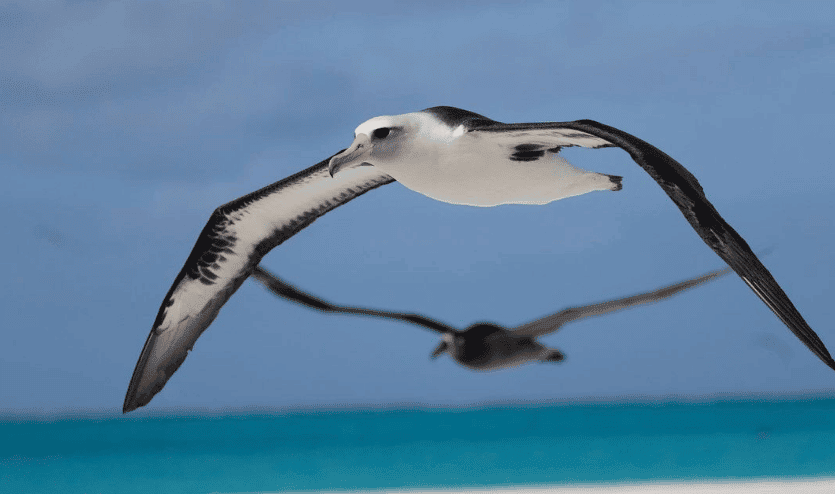
It’s World Albatross Day and we’re celebrating the incredible lives of the world’s most threatened seabirds and sharing the efforts of BirdLife Partners working to protect albatrosses around the world.
Ocean giants
Few sights are as majestic as an albatross soaring over the ocean. Stretching up to 3.5 metres, Wandering Albatross boast the largest wingspan of any living species in the world. Even species like Black-footed Albatrosses, which are considered ‘small’ by albatross standards, have a wingspan of up to 2.5 metres. That’s the height of the tallest person on earth today!
These records serve more than impressive bragging power – albatrosses spend about 90% of their time riding the ocean winds and their large wings allow them to travel great distances without so much as a flap. Albatrosses are known to cover distances over 16,000 kilometres on a single foraging trip and Grey-headed Albatross have been recorded making an entire circuit of the world in just 46 days.
Header Image: Laysan Albatross with Black-footed Albatross in the background © Steph and Oli Prince
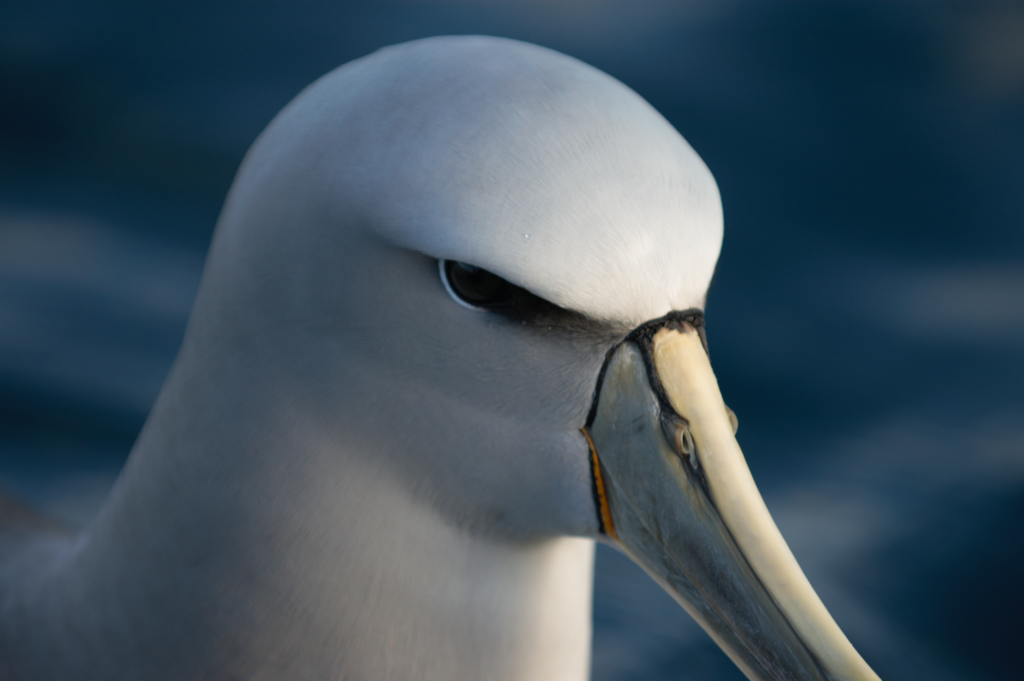
Wise wanderers
The records don’t stop there for these extraordinary birds. Albatrosses also naturally live extremely long lives, with the oldest known wild bird being a Laysan Albatross, who researchers believe to be over 70 years of age! The aptly named Wisdom, is part of a colony on the Midway Atoll and is thought to have hatched over 40 chicks.
As with many of nature’s long-lived species, albatrosses take a long time to mature into adults and they breed slowly. Most albatross species only begin to breed at ten years of age and even then, many only have one chick every two years.
These characteristics firmly place albatrosses on the list of the world’s most impressive beings, yet at the same time makes them extremely vulnerable to threats, sadly shown by their continued population declines.
The biggest threats
Of the 22 species of albatross, 15 are globally threatened, making them one of the most threatened family of birds in the world. A BirdLife-led paper (Dias et al., 2019) showed that the main threats affecting albatrosses are fisheries bycatch (90% of species), invasive alien species (68%) and climate change (38%) – so many albatross species are affected by a combination of these threats.
Protecting sites of refuge
This year, World Albatross Day is highlighting the threat of climate change, which is expected to cause habitat loss and reduced availability of their food. Warming ocean waters have also been linked to higher divorce rates! It has therefore never been more important to identify and effectively protect important areas of for albatrosses.
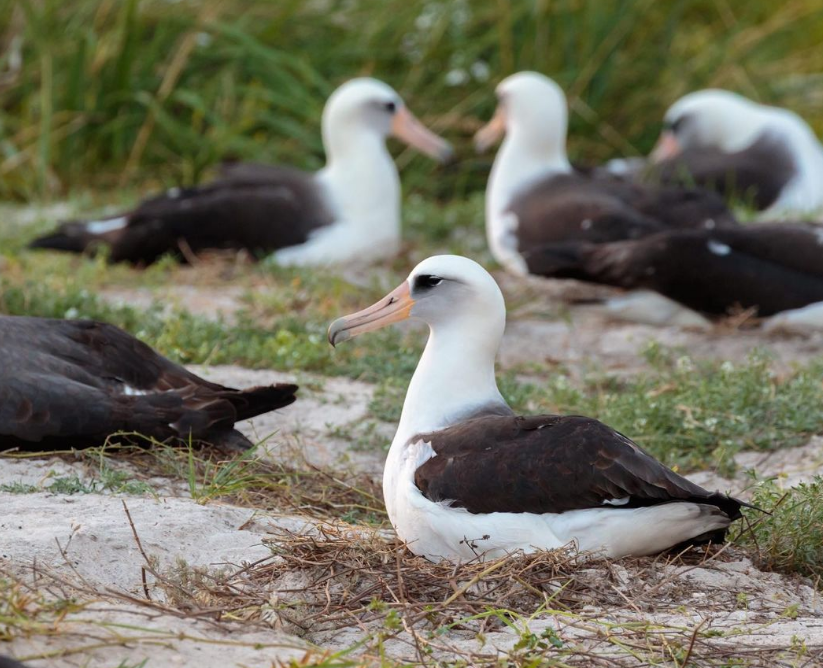
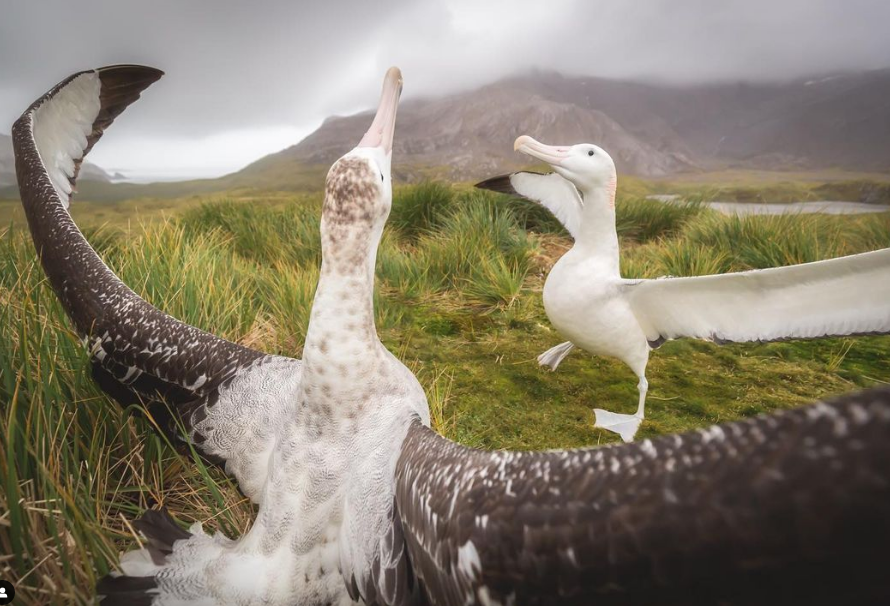
One of these areas are the high seas, where albatrosses can spend more than 40% of their time. The high seas cover 45% of the globe and supports numerous species, yet very little of it is protected. BirdLife has identified the Emperor Seamounts – a vast underwater mountain range – as an Important Bird and Biodiversity Area for Laysan and Black-Footed Albatrosses. Even the famous Wisdom uses this area for foraging.
However, there currently isn’t a legal framework to establish marine protected areas in the high seas. Together with partners like the High Seas Alliance, BirdLife is calling for a strong high seas treaty to protect areas like the Emperor Seamounts.
Tackling climate change requires international collaboration and strong government action, which can be slow to take shape. That’s why it is important to tackle the other two main threats to albatrosses, invasive alien species and fisheries bycatch.
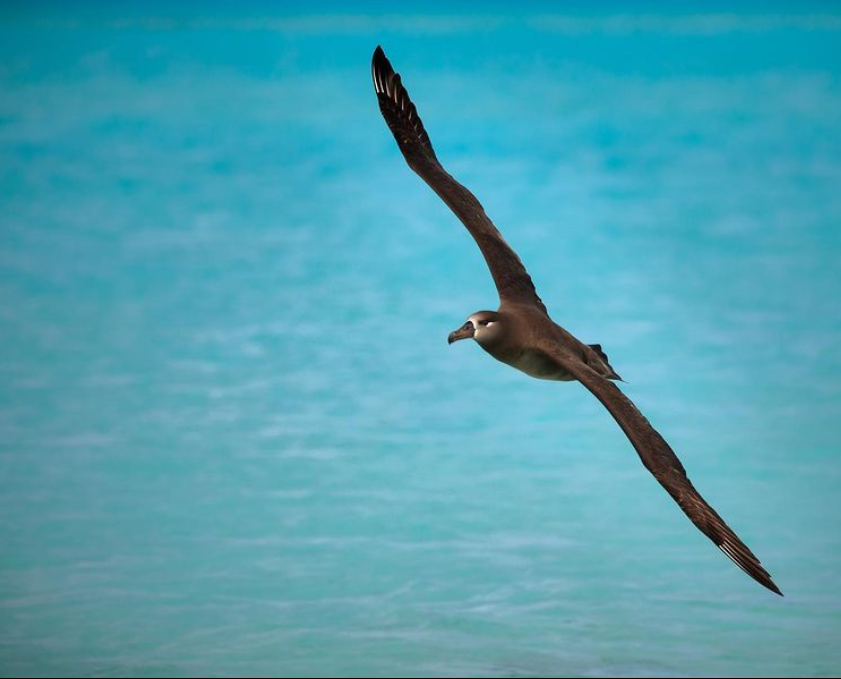
Getting albatrosses off-the-hook
Bycatch in fisheries is the threat which impacts albatrosses the most. Albatrosses are opportunistic feeders, scouring the ocean to catch fish and squid on the water’s surface. To them, the vast amounts of dead fish surrounding fishing vessels offers a rich feeding ground and as albatrosses can smell food up to 30km away, hundreds of bird’s flock towards them. However, this is often at their peril. In long-line fisheries, birds often end up latching onto baited hooks and sinking, while in trawling fisheries they often collide with the multitude of cables dragging nets from fishing vessels. The scale of this issue is immense, with long-line fisheries alone estimated to kill at least 160,000 seabirds every year.
However, simple and effective measures to mitigate these impacts exist. This includes a combination of line weighting, night setting and bird-scaring lines, and more recently hook-shielding and under-water setting.
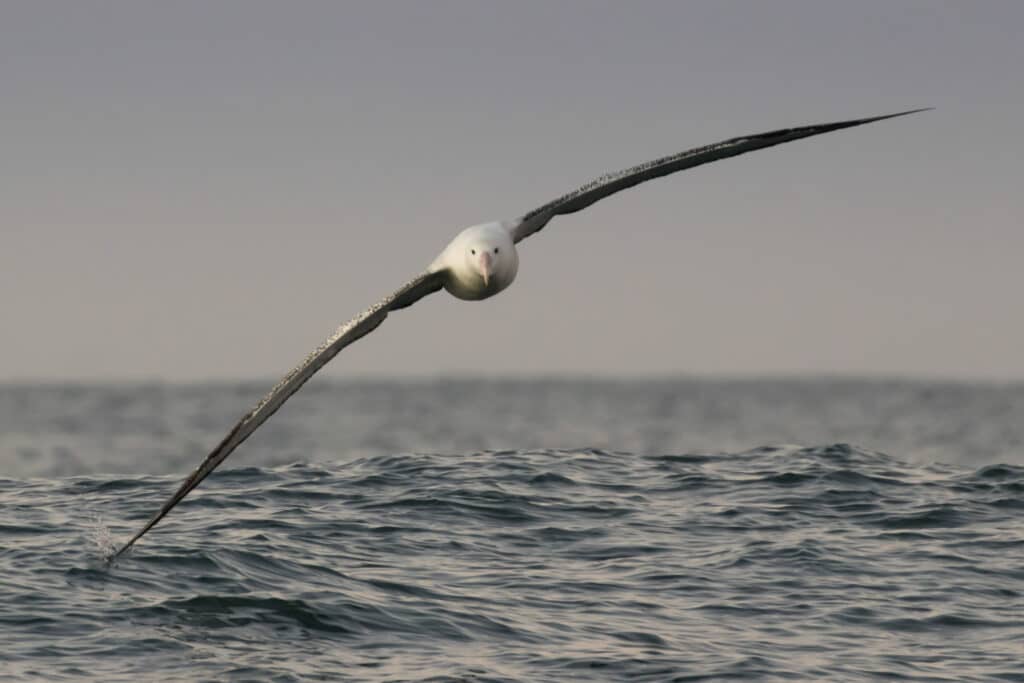
Since 2005, the Albatross Task Force (ATF) has been working alongside fisheries, NGOs and governments to end seabird bycatch. The ATF is a team of international bycatch mitigation experts led by BirdLife International and the RSPB (UK BirdLife Partner). The team works across countries where albatross bycatch is highest to demonstrate, test, and improve mitigation measures. Work by the ATF has reduced albatross deaths in some fisheries by an extraordinary amount – by 99% in certain trawl fisheries in South Africa and 98% in some longline fisheries in Namibia.
BirdLife is also working to reduce bycatch in the high seas. However, as these waters are governed internationally, this is challenging and requires strong collaboration between nations, organisations, industry and governments.
Fishing in the high seas is regulated by Regional Fisheries Management Organisations (RMFO’s). There are five tuna-RFMOs which overlap with more than 80% of the world’s albatross distribution and BirdLife is working closely across them to advocate for bycatch mitigation techniques to be used throughout their high sea’s fleets.
“The Albatross Task Force have been the beating heart of our work to turn albatross declines around. They are the only international team doing what they’re doing – working at the sharp end of conservation on-board fishing vessels and delivering real results with industry. Thousands of albatrosses and petrels have been saved from an untimely death thanks to the men and women of the ATF and all the supporters who have helped keep this incredible team going.”
Rory Crawford, Bycatch Programme Manager
Saving the Antipodean Albatross
Collaboration is essential to protect albatrosses and none more so than the Endangered Antipodean Albatross. While this species only breeds on islands off New Zealand, it is highly migratory frequently flying across the high seas between Australia and Chile. Through tracking these extensive journeys, conservationists have found several areas of overlap between Antipodean Albatross hotspots and fishing activity. Spain is a major fishing nation and one of their distant fishing fleets operate in the high seas just beyond New Zealand’s national waters. In December 2021, the two countries signed an agreement of understanding to promote the adoption of measures to reduce bycatch. This unexpected partnership – considering these two countries are nearly 20,000 km apart – exemplifies the partnerships needed to protect these extraordinary seabirds
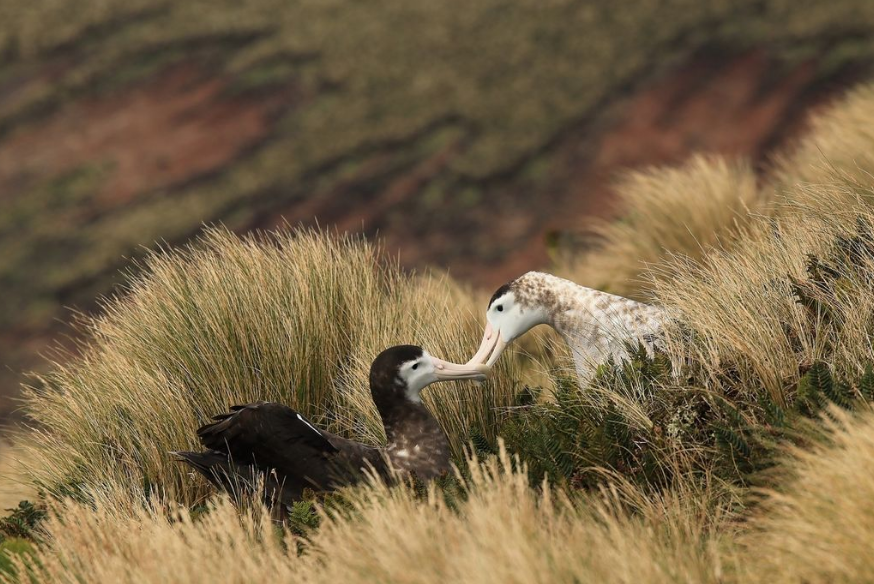
The power of the retailer
While many countries around the world now require fishing vessels to use some type of measures to reduce levels of albatross bycatch, there is still work to be done and change can be slow. One key player in achieving sustainable fisheries are retailers – fishing fleets ultimately exist to stock shelves. As the public become more aware of the issues of fisheries bycatch, retailers have begun looking for ways to make sure their products are sustainably-sourced. To support these efforts, BirdLife is also working with the Sustainable Fisheries Partnership and Whale and Dolphin Conservation to identify fisheries with a high risk of bycatch in their supply chain.
In 2021, BirdLife International’s Marine Programme also helped to make sure thatmeasures to address seabird bycatch were included in Seafood Business for Ocean Stewardship – an initiative adopted by ten of the world’s largest seafood companies, aiming to be more transparent and sustainable in their practices.
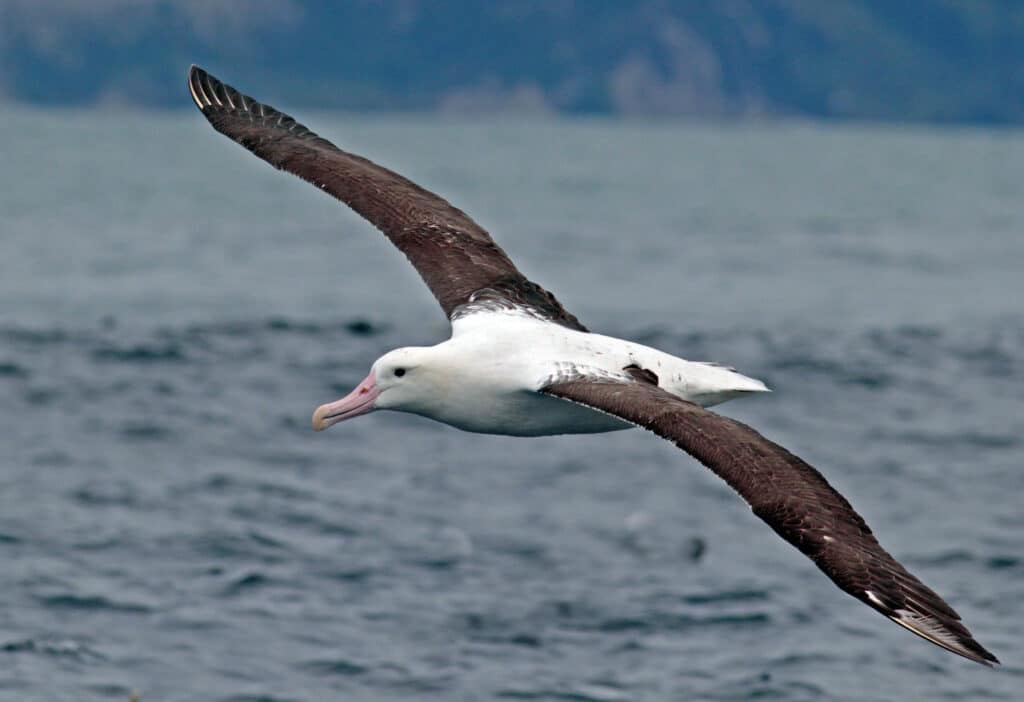
Albatrosses are worth celebrating and we are working hard to protect their future. Want to help us protect these extraordinary seabirds? Please go to: